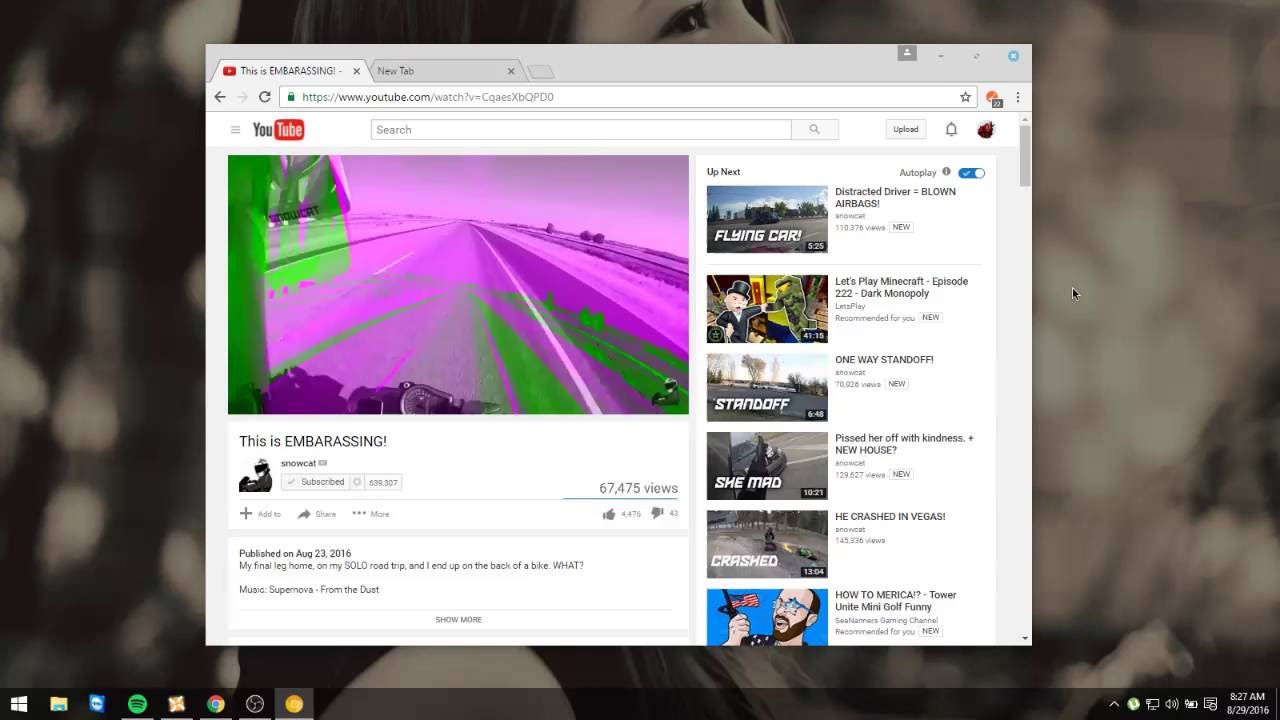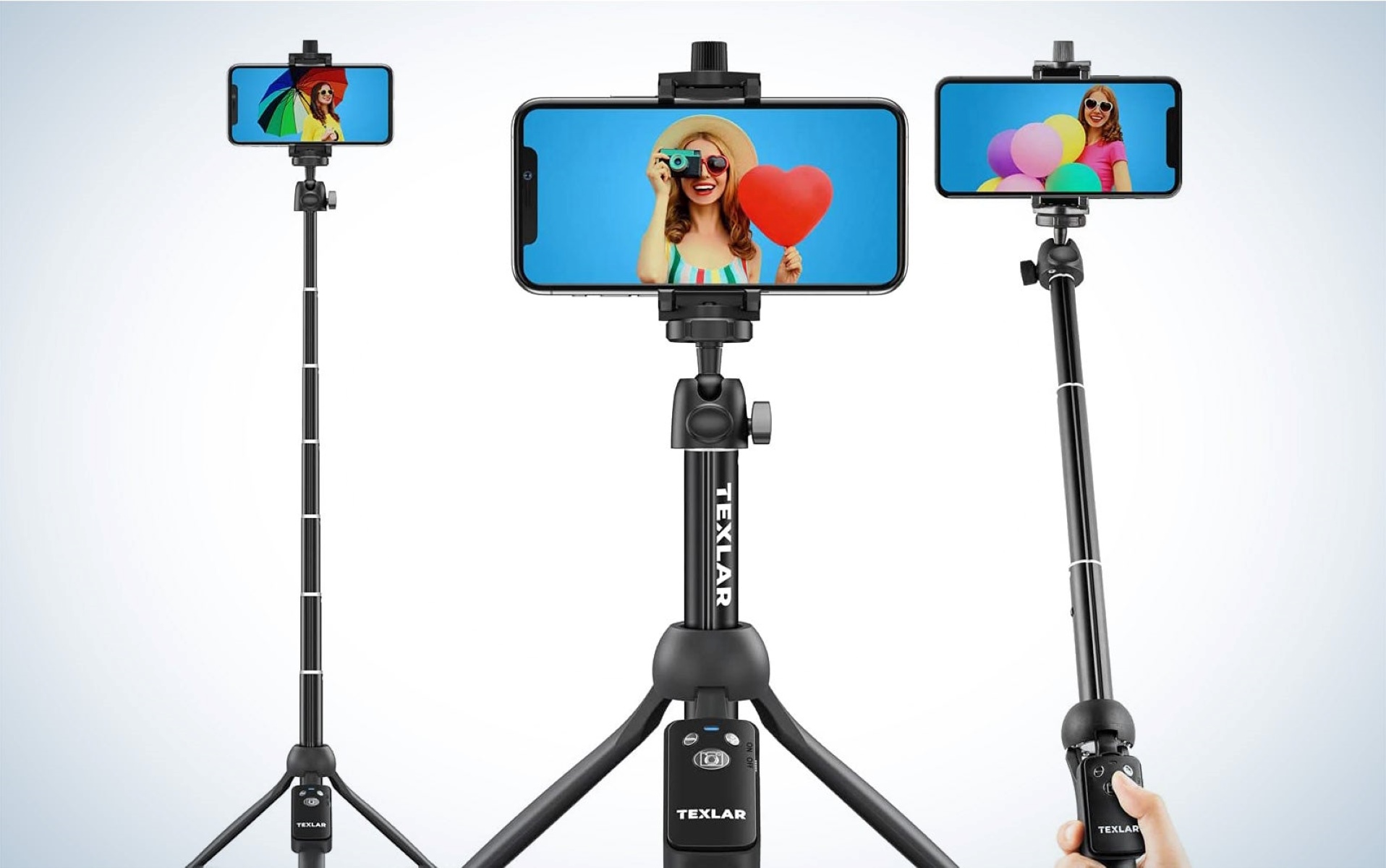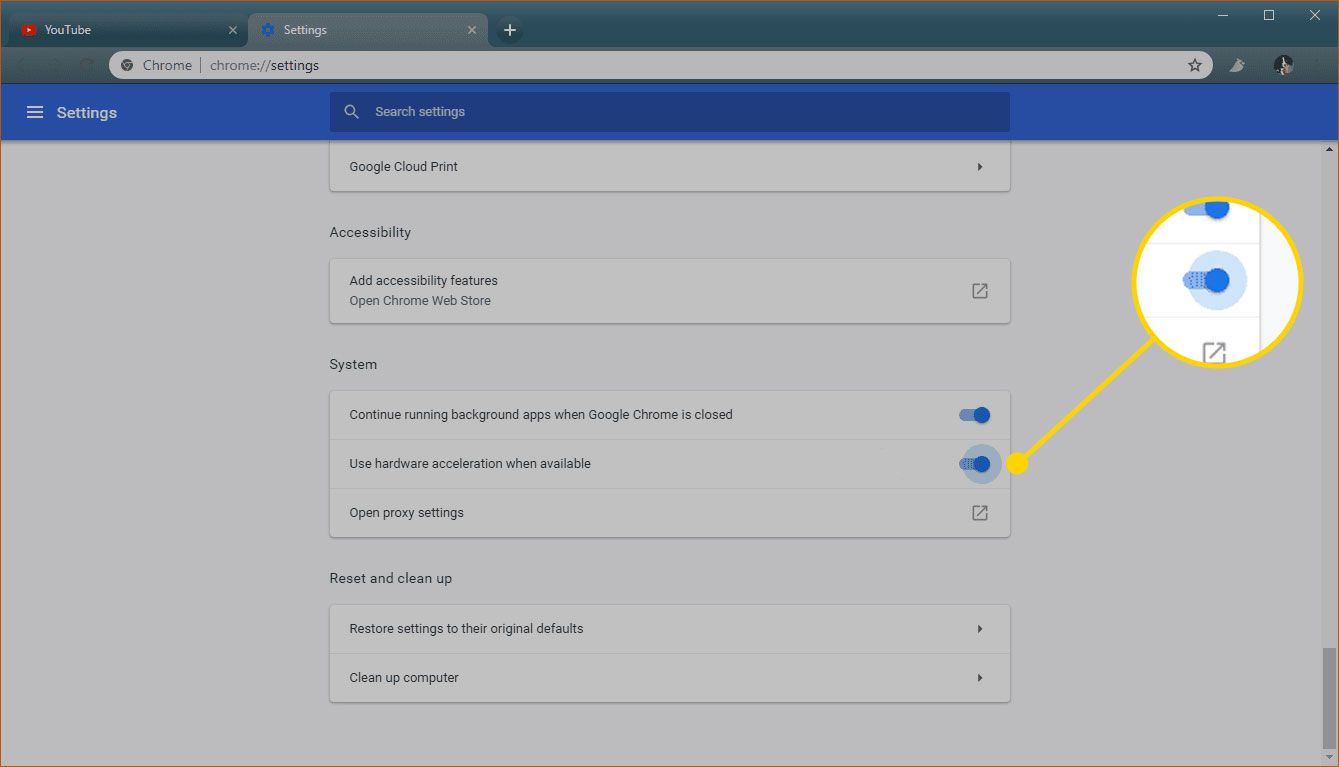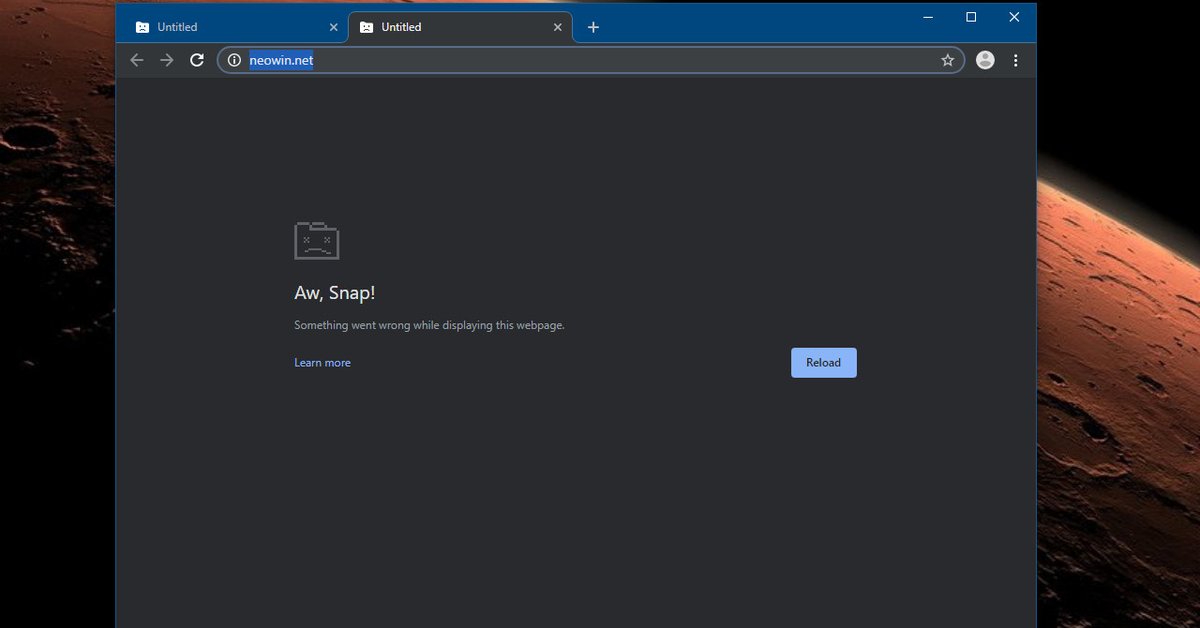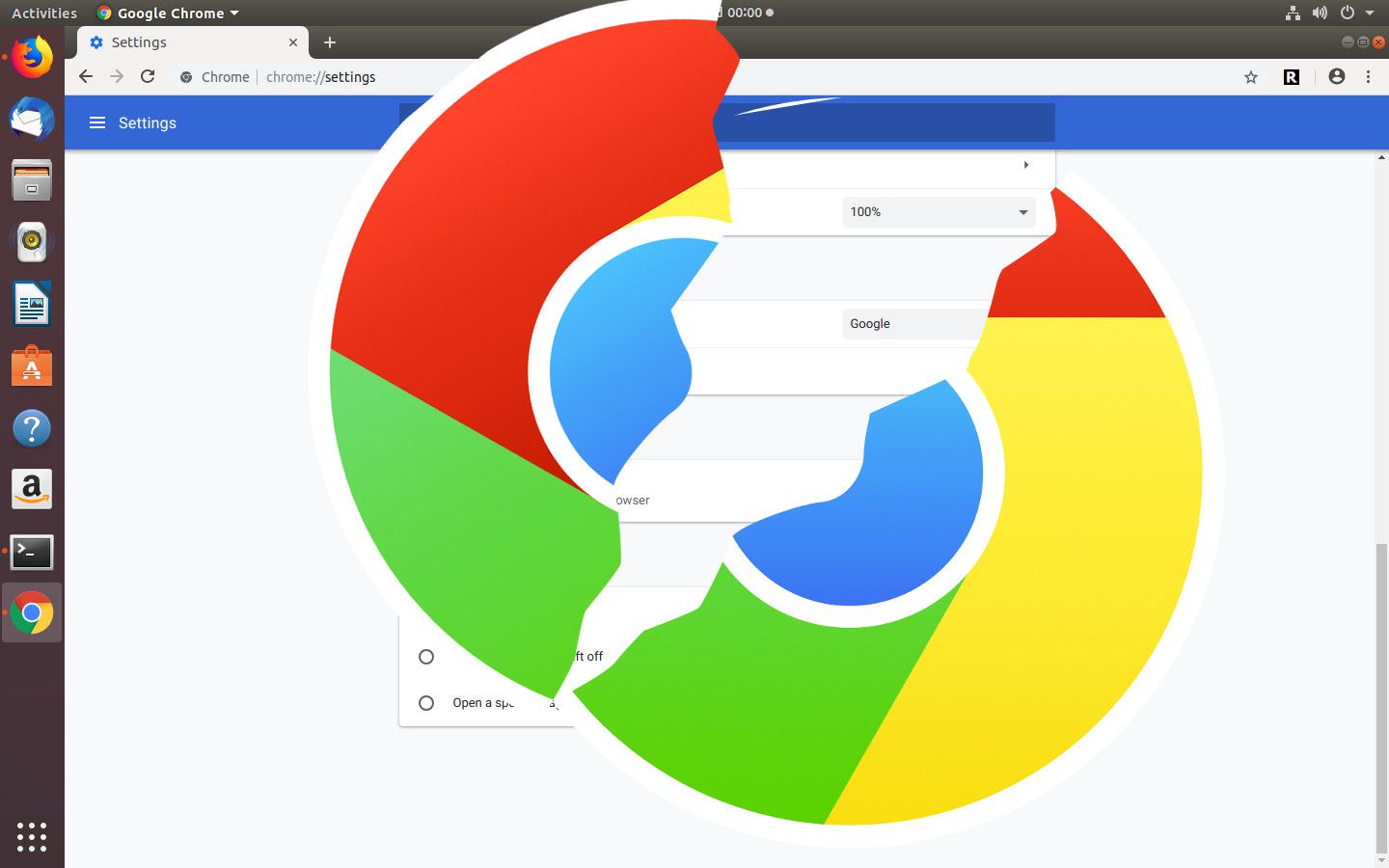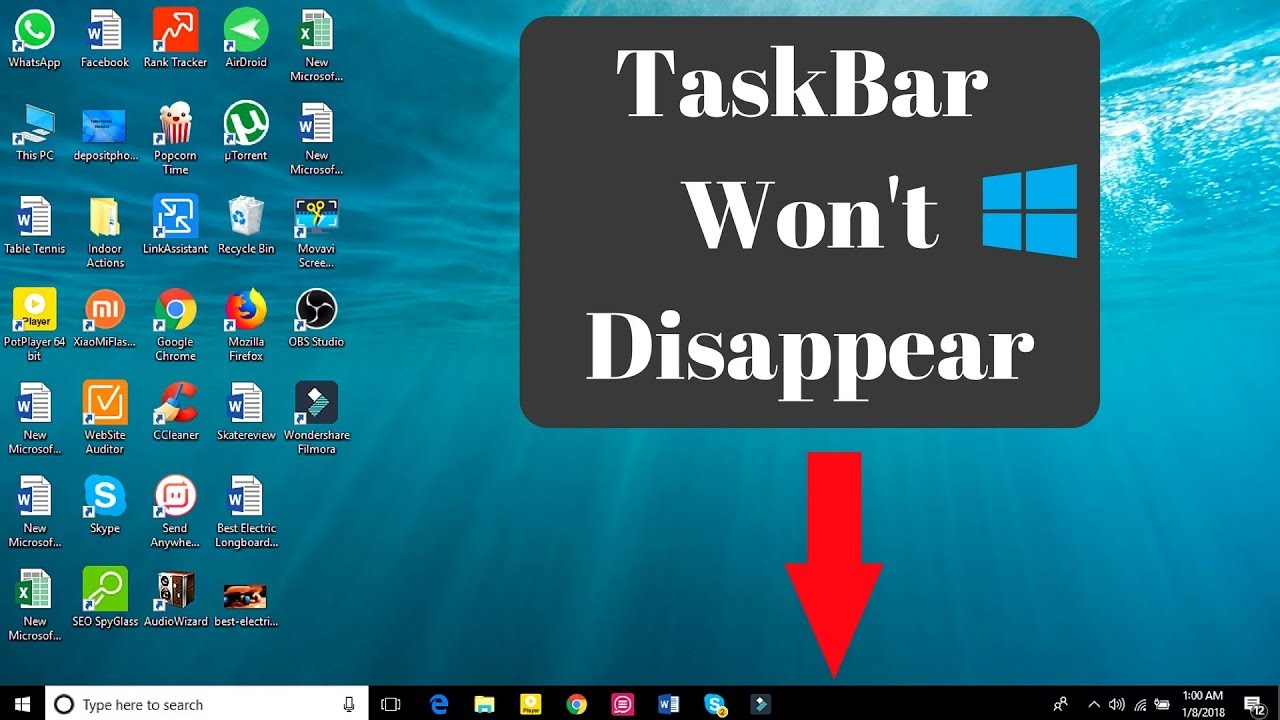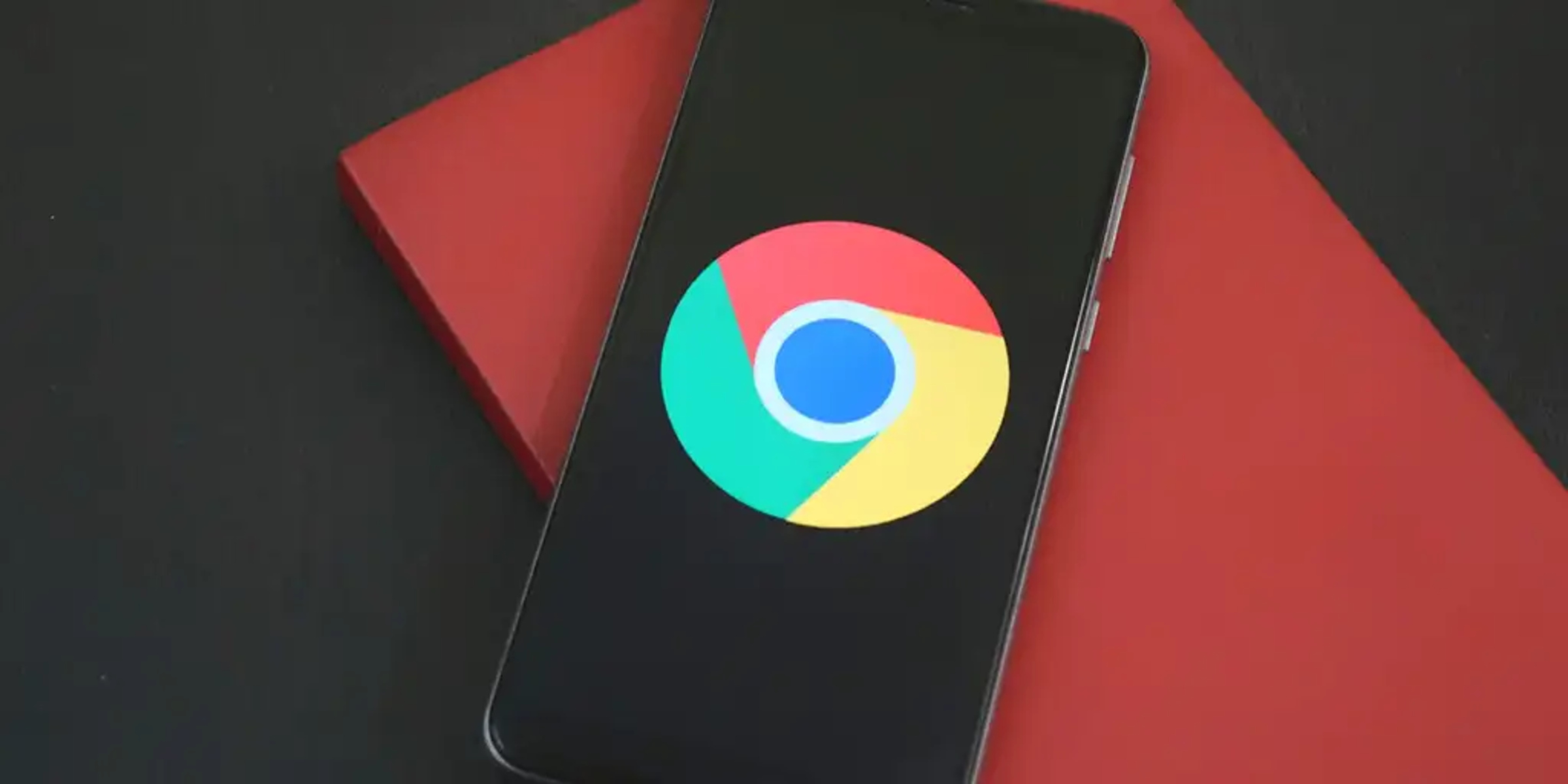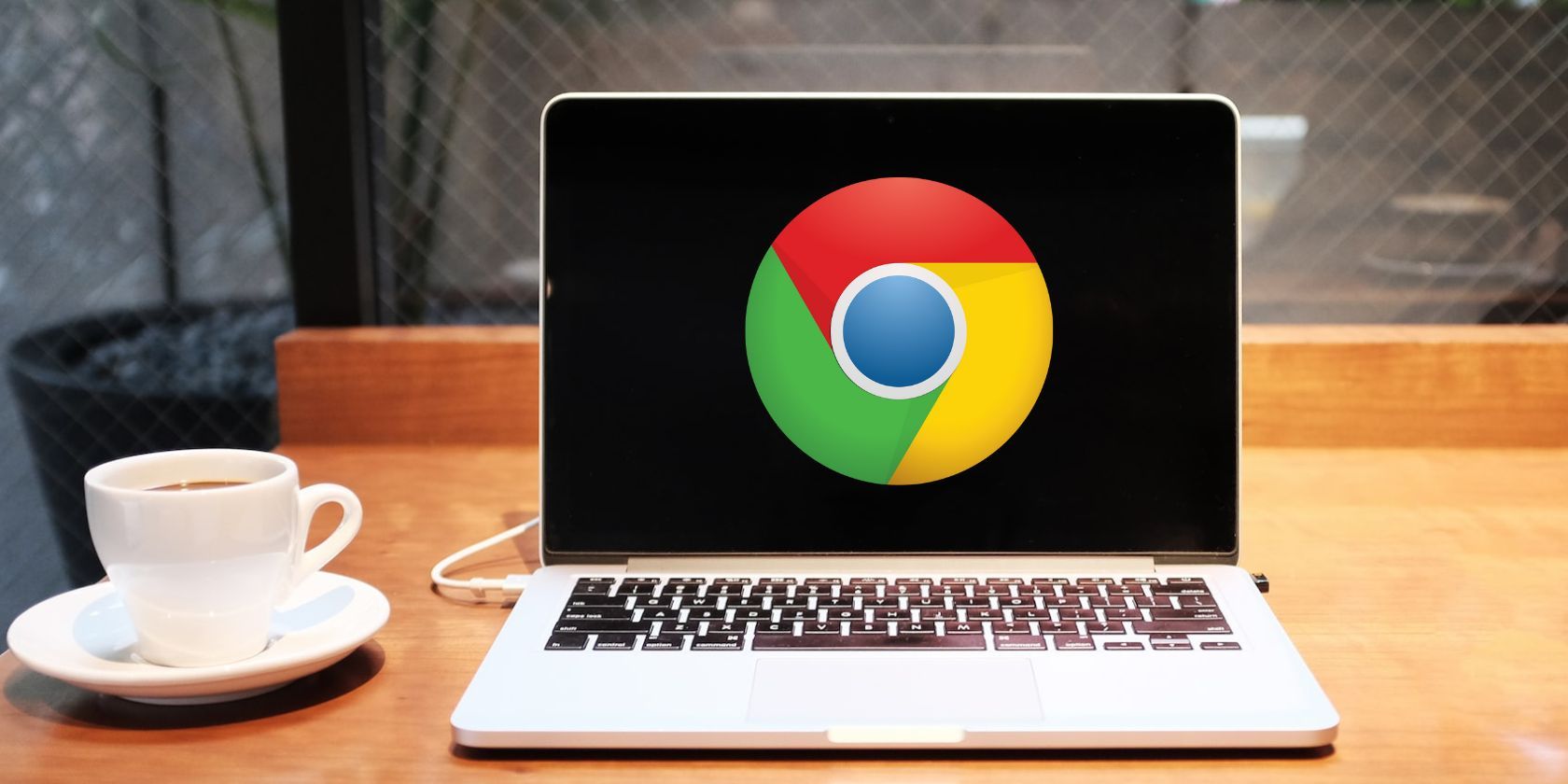Introduction
Google Chrome is one of the most popular web browsers, known for its speed, simplicity, and user-friendly interface. However, like any software, it is not immune to issues. One of the frustrating problems that users may encounter while using Google Chrome is the appearance of green or purple video corruption when streaming videos online. This issue can significantly disrupt the viewing experience, making it essential to address and resolve it promptly.
In this comprehensive guide, we will delve into the common causes of green/purple video corruption in Google Chrome and provide practical solutions to fix this issue. Whether you are a casual internet user or rely on Chrome for work-related tasks, understanding how to troubleshoot and resolve this problem can help you make the most of your browsing experience.
By following the steps outlined in this guide, you can gain valuable insights into the inner workings of Google Chrome, learn how to optimize its settings, and effectively address the green/purple video corruption issue. Let's embark on this journey to uncover the root causes of this problem and equip ourselves with the knowledge and tools needed to overcome it.
Understanding the Green/Purple Video Corruption Issue
The appearance of green or purple video corruption in Google Chrome can be a perplexing and bothersome experience for users. This issue manifests as distorted colors, often making videos unwatchable and negatively impacting the overall browsing experience. Understanding the underlying causes of this problem is crucial in effectively addressing and resolving it.
One of the primary culprits behind green/purple video corruption in Google Chrome is related to hardware acceleration. Hardware acceleration is a feature that offloads certain tasks from the CPU to the GPU, aiming to enhance performance and optimize the rendering of graphics and videos. However, in some instances, this feature can lead to compatibility issues with specific graphics drivers or hardware configurations, resulting in the display of distorted colors during video playback.
Furthermore, outdated or incompatible graphics drivers can contribute to the occurrence of green/purple video corruption. Graphics drivers are essential software components that facilitate communication between the operating system and the graphics hardware. When these drivers are outdated or incompatible with the browser, they may fail to render videos correctly, leading to color distortion and visual anomalies.
Additionally, certain Chrome extensions can interfere with video playback, causing green/purple video corruption. Extensions are add-on components that extend the functionality of the browser, but they can also introduce conflicts and compatibility issues, particularly when handling multimedia content. In some cases, these extensions may disrupt the video rendering process, resulting in distorted colors and visual artifacts.
Moreover, accumulated browser cache and cookies can impact video playback, potentially leading to green/purple video corruption. The cache stores temporary data to expedite the loading of web pages and multimedia content. However, if the cache becomes corrupted or overloaded, it can affect the proper rendering of videos, leading to color distortion and other visual aberrations.
By gaining a comprehensive understanding of the factors contributing to green/purple video corruption in Google Chrome, users can effectively navigate through the troubleshooting process and implement targeted solutions to address this issue. In the subsequent sections, we will explore practical steps to diagnose and resolve this problem, empowering users to optimize their browsing experience and enjoy seamless video playback in Google Chrome.
Checking for Hardware Acceleration
When encountering green/purple video corruption in Google Chrome, one of the initial steps in troubleshooting this issue involves checking the status of hardware acceleration. Hardware acceleration is a feature designed to leverage the processing power of the GPU to enhance the rendering of graphics and videos, thereby improving overall performance. However, in certain scenarios, this feature can lead to compatibility issues, resulting in distorted colors during video playback.
To check the status of hardware acceleration in Google Chrome, users can follow these simple steps:
-
Accessing Chrome Settings: Begin by opening Google Chrome and clicking on the three-dot menu icon located in the top-right corner of the browser window. From the dropdown menu, select "Settings" to access the browser's configuration options.
-
Navigating to Advanced Settings: Within the Settings menu, scroll down and click on "Advanced" to reveal additional configuration options.
-
Locating System Settings: Under the "System" section, users will find the "Use hardware acceleration when available" option. This setting determines whether hardware acceleration is enabled or disabled in Google Chrome.
-
Verifying Hardware Acceleration Status: If hardware acceleration is enabled, users can consider disabling it temporarily to assess whether it resolves the green/purple video corruption issue. Conversely, if hardware acceleration is already disabled, users may explore other troubleshooting steps to address the problem.
By navigating through these settings, users can gain insights into the status of hardware acceleration in Google Chrome and make informed decisions regarding its impact on video playback. It is important to note that while hardware acceleration is designed to enhance performance, its interaction with specific graphics drivers or hardware configurations can lead to visual anomalies, necessitating a careful evaluation of its role in the occurrence of green/purple video corruption.
In the event that disabling hardware acceleration resolves the issue, users can choose to keep this feature disabled, ensuring a consistent and stable video playback experience. However, if the problem persists, further troubleshooting steps, such as updating graphics drivers and clearing browser cache, may be necessary to pinpoint and address the root cause of the issue.
By proactively checking for hardware acceleration and understanding its implications on video playback, users can effectively navigate the troubleshooting process, empowering themselves to optimize their browsing experience and enjoy uninterrupted video streaming in Google Chrome.
Updating Graphics Drivers
Updating graphics drivers is a crucial step in addressing green/purple video corruption in Google Chrome. Graphics drivers serve as essential software components that facilitate communication between the operating system, the browser, and the graphics hardware. Outdated or incompatible drivers can lead to rendering issues, including distorted colors and visual anomalies during video playback. By ensuring that the graphics drivers are up to date, users can mitigate compatibility issues and optimize the rendering of multimedia content in Google Chrome.
To update graphics drivers, users can follow these general steps:
-
Identifying the Graphics Hardware: Before proceeding with driver updates, it is important to identify the specific graphics hardware installed in the system. This information can typically be found in the Device Manager on Windows or the System Information utility on macOS.
-
Visiting the Manufacturer's Website: Once the graphics hardware is identified, users can visit the official website of the graphics card manufacturer, such as NVIDIA, AMD, or Intel. These websites often provide driver download sections where users can search for and download the latest drivers compatible with their specific hardware and operating system.
-
Downloading and Installing the Latest Drivers: Upon locating the appropriate drivers, users can download the installation package and follow the provided instructions to install the updated drivers. It is essential to adhere to the installation guidelines to ensure a seamless update process.
-
Restarting the System: After installing the updated graphics drivers, it is recommended to restart the system to allow the changes to take effect. A system reboot can help finalize the driver update and ensure that the new configurations are properly integrated.
By diligently updating graphics drivers, users can address potential compatibility issues and ensure that the browser and the operating system can effectively communicate with the graphics hardware. This proactive approach can significantly contribute to resolving green/purple video corruption in Google Chrome, ultimately enhancing the overall video playback experience.
In the event that updating the graphics drivers successfully resolves the issue, users can benefit from improved video rendering and color accuracy, allowing for seamless multimedia content consumption in the browser. However, if the problem persists, additional troubleshooting steps, such as disabling Chrome extensions and clearing browser cache, may be necessary to further diagnose and resolve the issue.
By prioritizing the update of graphics drivers, users can harness the full potential of their graphics hardware, optimize video playback, and ensure a visually immersive browsing experience in Google Chrome.
Disabling Chrome Extensions
Disabling Chrome extensions is a strategic step in troubleshooting green/purple video corruption in Google Chrome. While Chrome extensions offer additional functionality and customization options, they can also introduce conflicts and compatibility issues, particularly when handling multimedia content. In some instances, certain extensions may interfere with the video rendering process, leading to distorted colors and visual anomalies during playback. By temporarily disabling extensions, users can assess their impact on video playback and identify potential sources of the issue.
To disable Chrome extensions, users can follow these straightforward steps:
-
Accessing Chrome Extensions: Begin by opening Google Chrome and clicking on the three-dot menu icon located in the top-right corner of the browser window. From the dropdown menu, select "More tools" and then click on "Extensions" to access the list of installed extensions.
-
Disabling Extensions: Within the Extensions menu, users will find a list of installed extensions, each accompanied by a toggle switch. To disable an extension, simply toggle the switch to the off position, effectively deactivating the extension.
-
Assessing Video Playback: After disabling the extensions, users can revisit the webpage or platform where the green/purple video corruption was observed and assess whether the issue persists. By systematically enabling and disabling extensions, users can pinpoint any specific extension that may be contributing to the problem.
By systematically disabling Chrome extensions, users can gain valuable insights into the impact of these add-ons on video playback. This approach allows for a targeted assessment of individual extensions, enabling users to identify and address potential conflicts that may be causing the green/purple video corruption. If disabling a specific extension resolves the issue, users can choose to keep it disabled, ensuring a consistent and stable video playback experience.
In the event that the problem persists even after disabling extensions, users can explore additional troubleshooting steps, such as clearing browser cache and cookies, to further diagnose and resolve the issue. By proactively managing Chrome extensions and their impact on video playback, users can optimize their browsing experience and enjoy uninterrupted multimedia content in Google Chrome.
By prioritizing the temporary disabling of Chrome extensions, users can effectively assess their impact on video playback, identify potential sources of the issue, and take targeted steps to resolve green/purple video corruption in Google Chrome.
Clearing Browser Cache and Cookies
Clearing the browser cache and cookies is a fundamental step in troubleshooting green/purple video corruption in Google Chrome. The browser cache stores temporary data, including images, scripts, and multimedia content, to expedite the loading of web pages and enhance overall browsing performance. However, an overloaded or corrupted cache can lead to rendering issues, including distorted colors and visual anomalies during video playback. Similarly, cookies, which store user-specific information related to website preferences and login credentials, can impact the proper rendering of multimedia content.
To clear the browser cache and cookies in Google Chrome, users can follow these simple steps:
-
Accessing Chrome Settings: Begin by opening Google Chrome and clicking on the three-dot menu icon located in the top-right corner of the browser window. From the dropdown menu, select "Settings" to access the browser's configuration options.
-
Clearing Browsing Data: Within the Settings menu, navigate to the "Privacy and security" section and click on "Clear browsing data." This action will prompt a window to appear, allowing users to select the types of data to clear, including browsing history, cookies, and cached images and files.
-
Selecting Data Types: Users can choose the specific types of data to clear, such as cookies and cached images and files, by checking the corresponding boxes. Additionally, users can specify the time range for which the data should be cleared, providing flexibility in managing the browsing history and stored data.
-
Initiating Data Clearance: After selecting the desired data types and time range, users can click on the "Clear data" button to initiate the clearing process. Google Chrome will proceed to remove the selected data, including cookies and cached content, from the browser.
By clearing the browser cache and cookies, users can effectively eliminate potentially corrupted or outdated data that may be impacting video playback. This proactive approach can help restore the browser to a clean state, optimizing its ability to render multimedia content accurately and without visual aberrations.
In the event that clearing the browser cache and cookies resolves the green/purple video corruption issue, users can benefit from improved video playback and color accuracy, ensuring a seamless browsing experience. However, if the problem persists, additional troubleshooting steps, such as resetting Chrome settings, may be necessary to further diagnose and resolve the issue.
By prioritizing the clearance of browser cache and cookies, users can proactively manage the stored data in Google Chrome, optimize video playback, and ensure a visually immersive browsing experience.
Resetting Chrome Settings
Resetting Chrome settings can serve as a comprehensive solution to address persistent issues, including green/purple video corruption, in Google Chrome. This process effectively restores the browser to its default state, eliminating potential conflicts, corrupted configurations, and incompatible settings that may be contributing to the visual anomalies during video playback.
To initiate the reset of Chrome settings, users can follow these essential steps:
-
Accessing Chrome Settings: Open Google Chrome and click on the three-dot menu icon located in the top-right corner of the browser window. From the dropdown menu, select "Settings" to access the browser's configuration options.
-
Navigating to Advanced Settings: Within the Settings menu, scroll down and click on "Advanced" to reveal additional configuration options.
-
Resetting Chrome Settings: Under the "Reset and clean up" section, users will find the "Restore settings to their original defaults" option. Clicking on this option will prompt a confirmation dialogue, allowing users to proceed with the reset process.
-
Confirming the Reset: Upon selecting the option to restore settings to their original defaults, users can review the implications of the reset, including the restoration of default search engines, homepage, and new tab page. After reviewing the details, users can proceed with the reset by clicking on the "Reset settings" button.
By resetting Chrome settings, users can effectively eliminate potential configurations or extensions that may be causing the green/purple video corruption. This comprehensive approach provides a clean slate for the browser, allowing for a fresh start and the removal of any conflicting settings that may impact video playback.
In the event that resetting Chrome settings resolves the issue, users can benefit from a restored browsing environment, optimized for seamless video playback and visual accuracy. However, if the problem persists, further troubleshooting steps, such as seeking additional support from the Chrome community or considering alternative video playback options, may be necessary to address the issue comprehensively.
By prioritizing the reset of Chrome settings, users can proactively address persistent issues, optimize video playback, and ensure a visually immersive browsing experience in Google Chrome.
Conclusion
In conclusion, addressing green/purple video corruption in Google Chrome requires a systematic approach that encompasses understanding the underlying causes of the issue and implementing targeted solutions to resolve it. By delving into the intricacies of hardware acceleration, graphics drivers, Chrome extensions, browser cache, and cookies, users can gain valuable insights into the factors contributing to visual anomalies during video playback. Through proactive troubleshooting and optimization, users can effectively navigate through the complexities of browser configurations and multimedia rendering, ultimately enhancing their browsing experience.
By checking for hardware acceleration and updating graphics drivers, users can mitigate compatibility issues and ensure that the browser can effectively leverage the processing power of the GPU for optimized video playback. Additionally, the strategic disabling of Chrome extensions allows for a targeted assessment of their impact on video rendering, empowering users to identify and address potential conflicts. Clearing the browser cache and cookies serves as a fundamental step in restoring the browser to a clean state, optimizing its ability to render multimedia content accurately and without visual aberrations. Furthermore, the comprehensive reset of Chrome settings provides a fresh start, eliminating potential configurations or extensions that may be causing the green/purple video corruption.
It is important to note that while the troubleshooting steps outlined in this guide are designed to address common causes of green/purple video corruption in Google Chrome, individual experiences may vary. In some cases, seeking additional support from the Chrome community or considering alternative video playback options may be necessary to comprehensively resolve the issue.
By proactively addressing green/purple video corruption, users can optimize their browsing experience, enjoy uninterrupted multimedia content, and harness the full potential of Google Chrome as a versatile and reliable web browser. Through a combination of technical understanding, proactive troubleshooting, and optimization, users can navigate through potential challenges and ensure a visually immersive browsing experience in Google Chrome.







